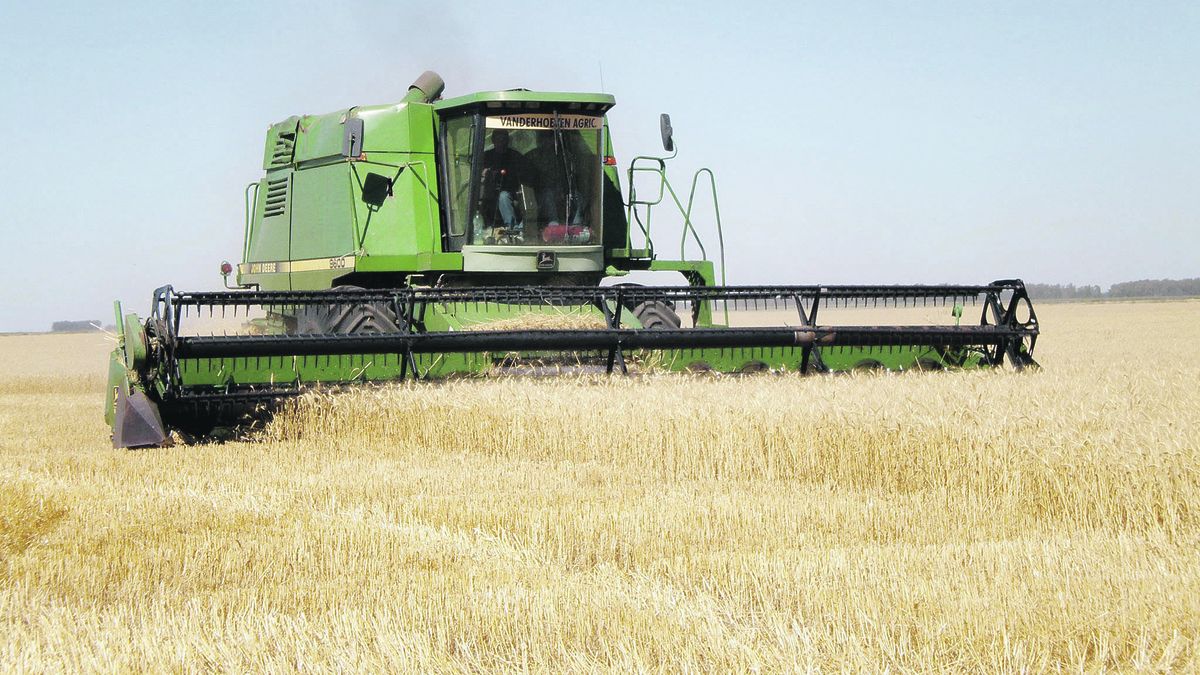In this way, he adds, “the estimate goes up again: it goes from 7.10 to 7.53 million tons “; and predicts that the 2021/22 season” will leave 70% more wheat than last year and will exceed by more than half a million tons the production record of 2019/2020 “.
“The campaign is a roof-breaker, the average yield in the region is 45.8 quintals per hectare: 16.7 quintals more than last season and 1.2 quintals above the previous record set in 2017/2018” , highlighted the Rosario Stock Exchange.
At the end of November, the Buenos Aires Cereal Exchange (BCBA) had also increased its wheat production estimate by 500,000 tons compared to the forecast of the previous week to a new record volume of 20.3 million tons for the current one. campaign, thanks to better yields than expected in the center of the agricultural area.
“Faced with this improvement in the yields obtained and expected in the central and southern regions of the agricultural area, the projection is increased by 500,000 tons,” the BCBA had indicated.
From the Rosario Stock Exchange they remembered that “In recent years, wheat and corn have gained an indisputable role: every year more hectares are planted; and the results, even with great climatic uncertainty and ‘Niña’ through, have been excellent.”
In the case of weather, the BCR noted, “the records for the last week of the month were the finishing touch for November,” with records between 15 and 100 millimeters, contradicting the projections and widely exceeding the rainfall averages in the region.
However, “the forecasts indicate that the first half of December will not have the same volume of water as November,” warned specialist José Luis Aiello, for whom the La Niña phenomenon “is still active and December will still be characterized by an offer of very volatile water. “
“The lack of humidity and rainfall below the average, even with occasional recoveries, will be conditions with which we will have to live at least until after the first half of January 2022,” added Aiello. On the other hand, they warned from the BCR, “even with the enthusiasm of these results”, on the horizon of the next season “a storm is lurking” for wheat: that of the high costs of inputs and, in particular, that which it has urea.
Although it is premature to define the planting intention for the next season, the advisers comment that “there is uncertainty and concern about the production costs that apply today for the coming season,” the BCR stated.
The current urea / wheat ratio could strongly adjust the doses, and in particular in the smaller scale producers who this year made a big bet; the urea / wheat ratio at the end of November is 4.5, almost double that of a year ago (2.5). So still with better grain prices (wheat with available delivery stands at US $ 225 per ton, for January it rises to US $ 240; February, US $ 245; May, US $ 250; and July, US $ 245), the The purchasing power of the cereal against the fertilizer fell close to 50%, which could limit the sowing of wheat in the next seasons, they completed from the BCR.
By Carlos Joseph
Source From: Ambito
David William is a talented author who has made a name for himself in the world of writing. He is a professional author who writes on a wide range of topics, from general interest to opinion news. David is currently working as a writer at 24 hours worlds where he brings his unique perspective and in-depth research to his articles, making them both informative and engaging.




